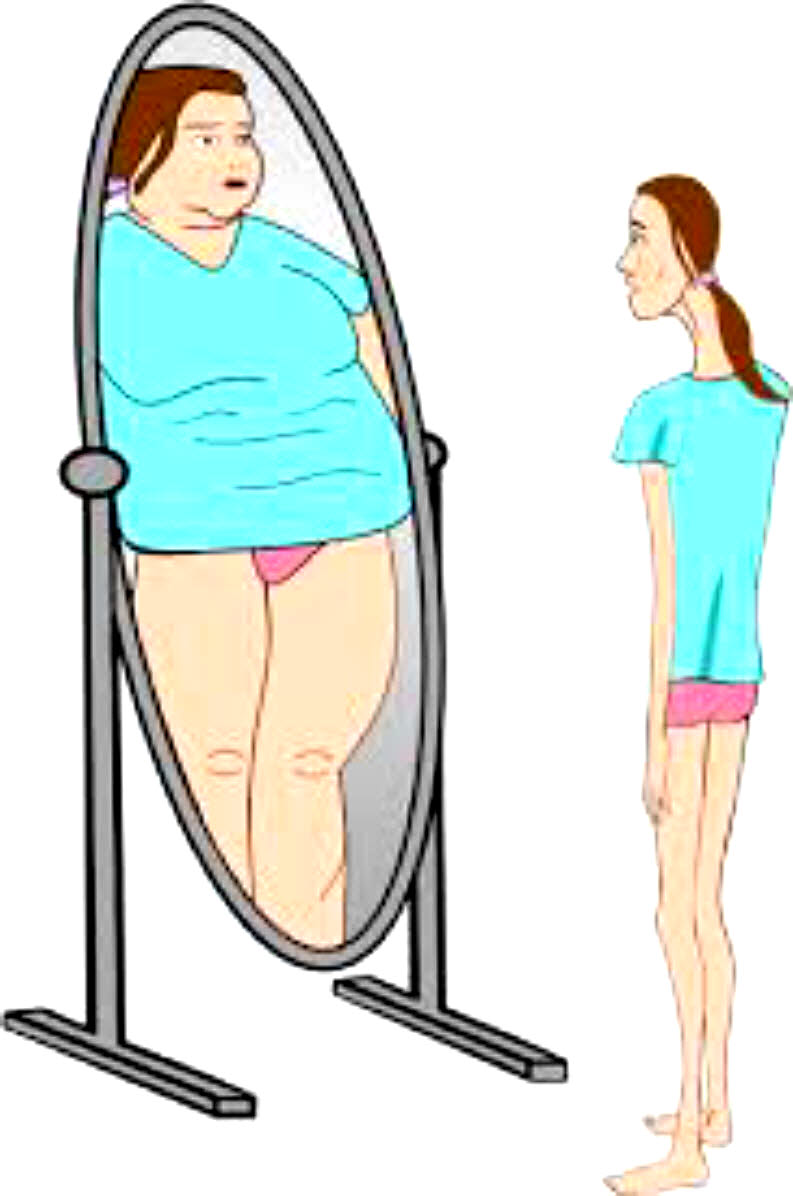Suicide risk isn’t always tied to mental health conditions

BY LIZZ SCHUMER

When Jennifer Ashton’s ex-husband Rob Ashton died by #suicide in 2017, her family was blindsided. Rob hadn’t talked about wanting to die or displayed other traditional warning signs for suicide like increased use of drugs or alcohol or acting anxious or agitated.
In the wake of Rob’s death, Jen, who is ABC’s chief medical correspondent and health editor, has said she didn’t think his death was preventable. “There are other factors at play that we don’t totally understand,” she says.
Welcome to the “next chapter” of my life… being a voice and an advocate for #mentalhealthawarenessandsuicideprevention, especially pertaining to our younger generation of students and student-athletes.
Getting men to speak up and reach out for help and assistance is one of my passions. Us men need to not suffer in silence or drown our sorrows in alcohol, hang out at bars and strip joints, or get involved with drug use.
Having gone through a recent bout of #depression and #suicidalthoughts myself, I realize now, that I can make a huge difference in the lives of so many by sharing my story, and by sharing various resources I come across as I work in this space. #http://bit.ly/JamesMentalHealthArticle
Since 1999, #suicide rates have increased by 30%, with nearly 45,000 people dying by #suicide in 2016 alone. Now, the #CentersforDiseaseControlandPrevention lists #suicide as the 10th leading cause of death in the U.S.
Groups like the Suicide Prevention Resource Center and the Suicide Prevention Lifeline provide useful lists of warning signs, but suicide risk often includes a complex mix of #mentalhealth factors like the existence of undiagnosed mood disorders, and social risk factors, like economic stability and incidence of abuse, that can make #suicide difficult to predict or prevent.
In fact, more than half of people who die by #suicide did not have a known #mentalhealthcondition.
“Even very well-trained clinical experts are about as good as a flip of the coin in detecting suicidality,” says April Foreman, Ph.D., an executive committee member for the American Association of Suicidology.
How to Reduce the Number of People Who Die By #Suicide
#Suicide may not be fully preventable, but several steps can help reduce the number of people at risk.

Where suicide risk is concerned, prevention takes a village
Train doctors
Three out of four #suicide victims had contact with primary care providers within one month of #suicide, compared to one in five who had contact with #mentalhealthproviders. That means primary care providers need to get better at recognizing the signs of #suicide risk.
Invest more money
In 2017, about $100 million was spent on suicide research, according to the National Institutes of Health, compared to $690 million on breast cancer, or $2 billion on Alzheimer’s, despite lower mortality rates. More funding would mean more research and likely more effective intervention, including training more teachers, parents, and everyday citizens. Foreman recommends calling your legislators to ask about #suicideprevention plans in your state. “Find out what infrastructure and what public health agendas are supported by your county or your state,” she says. “And if you do not have one, ask why.”
Make a plan
On an individual level, Jane L. Pearson, Ph.D., chairwoman of the Suicide Research Consortium at the #NationalInstituteofMentalHealth, recommends creating a safety plan with at-risk people in your family and community. That involves writing down the set of skills a person already has to keep themselves alive; distractions they may employ, people they can call, and triggers that make them feel #suicidal. “It takes maybe 20 minutes, half an hour if you do it really well,” she says. “But it’s time well spent.”
Get rid of guns
Removing lethal weapons may not be a popular solution, but a study by the Harvard School of Public Health found that in states where gun ownership was more prevalent, rates of #suicide were higher. The inverse was also true. Given that nine out of ten people who attempt suicide unsuccessfully do not do so again, removing access to more lethal means can be hugely beneficial.
Remember these words
#Stigma surrounding suicide can make people feel uncomfortable seeking help, says John Ackerman, Ph.D., the coordinator at Nationwide Children’s Hospital’s Center for Suicide Prevention and Research. Talking about #suicide won’t put the idea in a person’s head. Instead, keeping communication open can make those at risk more likely to reach out.
“We teach people to use the phrase ‘tell me more’ when talking to people who may be at risk for #suicide,” says Maureen Underwood, LCSW, clinical advisor at the Society for the Prevention of Teen Suicide. “Those words validate a person’s feelings and gives them permission to elaborate.”LIZZ SCHUMER Staff Writer



